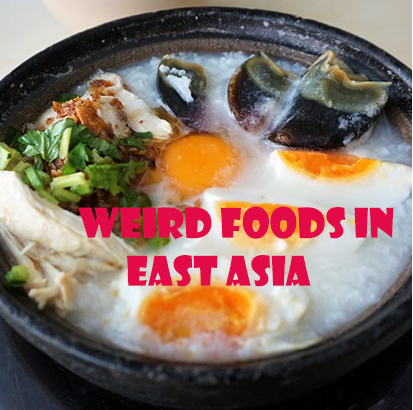Eight Crazy Foods
Four Countries
Dare to Try Them?
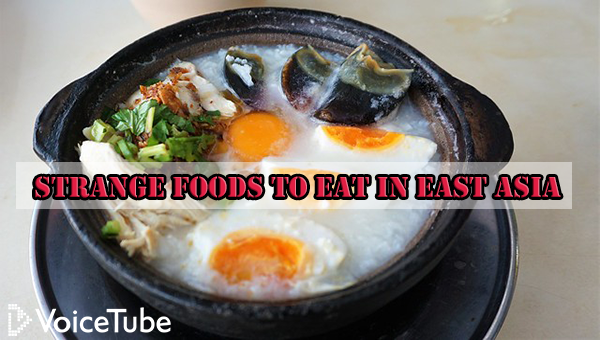
Strange Foods
If you like strange foods, you’ve come to the right place. Today we take a trip to East Asia (Korea, Taiwan, Japan, and China) to look at eight weird and (maybe delicious?) foods. Each country will have two featured foods, and all of these foods are real, easy to find, and quite popular. Let’s check out what’s on today’s menu and see if you’re brave enough to try these strange yet edible(1) dishes.
South Korea
San-nakji (산낙지)
By now, maybe you’ve heard of or seen people eating live octopus in Korea. It was made famous by Korean cult-classic movie, Old Boy. It has become a popular dish for both tourists and locals. To be more accurate though, the octopus is actually dead; However, the arms of an octopus have ⅔ of its neurons. What does this mean? It means that the arms will move for many minutes after the octopus is killed and chopped up for dinner (even without its brain).
Now, live octopuses HAVE been eaten in Korea, but in the famous dish, sannakji, the octopus is indeed dead. You need to be careful when eating this unique dish though: the strong suction cups on the arms have been known to stick to people’s mouths and throats, choking and killing a handful of people each year. I haven’t tried this dish myself (and I don’t want to), but I did have friends that ate sannakji.
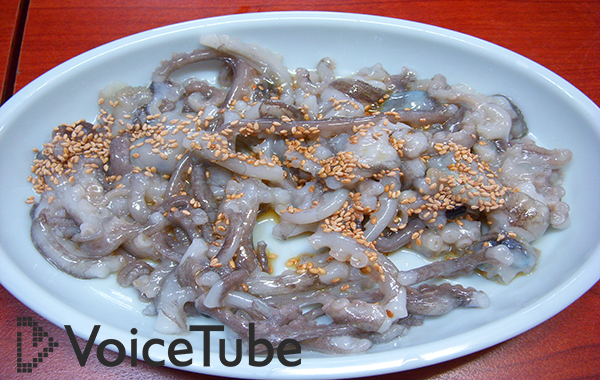
Beondegi (번데기)
Beondegi are roasted silkworm eggs. They are small and brown and can often be found in giant pots in the center of street markets. The first thing you will notice is the smell. The strange, Earthy, and sour smell lingers(2) within a block of where they are being sold. You can usually buy a cup of these tiny brown eggs for only $1 or $2 Korean won—so cheap. You will be given a toothpick to poke and eat them with.
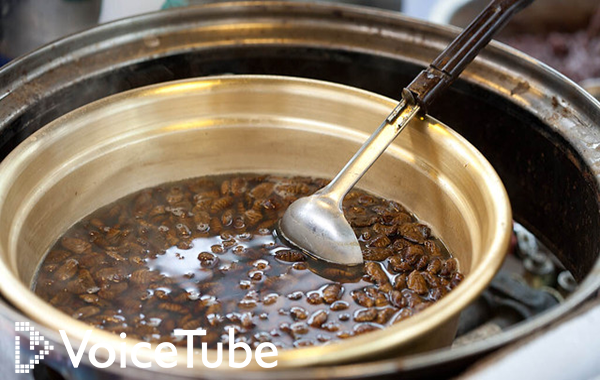
I only tried beondegi once in Korea, and I didn’t enjoy the fact that the eggs exploded in my mouth. Why do Koreans eat them? Beondeggi was consumed in the Korean War when food was hard to come by. These tiny silkworm eggs were common and offered a good amount of protein. They are still quite common today, so if eating silkworm eggs doesn’t bug you, share some with your travel mate on your next trip to Korea.
Modern Seoul Korea, City Tour Travel Guide
Taiwan
Stinky Tofu 臭豆腐
You are super hungry, walking into a busy night market, excited, and ready to eat everything you see, when, BAM, a horrible smell attacks your nose and makes you cough. Is it a rotten egg? Is it dirty feet? Is it a pile of garbage? No, it’s stinky tofu! This strong-smelling tofu can be found in almost every night market in Taiwan as well in many street-side stalls in major cities.
Stinky tofu is cooked for a long time—anywhere from days to months. It’s tofu that is made in a brine(3) with milk, vegetables, meat, and Chinese herbs (and sometimes other stuff).
Despite the bad smell, it actually tastes quite good, and locals really like it. It is supposedly healthy, containing protein and probiotics. If you make it to Taiwan, plug your nose and take a bite. You might like it.
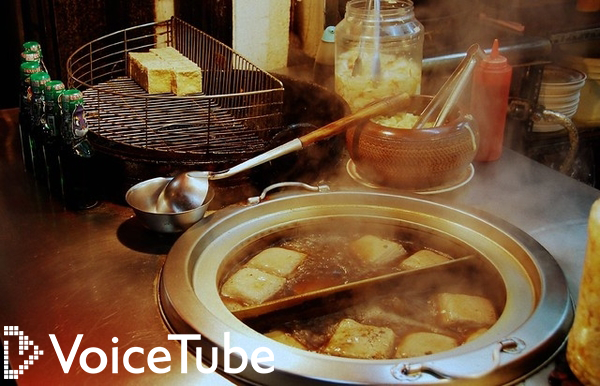
Pig’s Blood Cake 豬血糕
Pig’s blood cake is like a giant popsicle, only instead of ice-cream, it’s a giant black chunk of pig’s blood and rice. It’s another strange food that appears in almost every food market in Taiwan. It can be eaten as a snack (yikes) or put in a soup/hot pot.
Why do the Taiwanese like it? A lot of Taiwanese people find it to be tasty. It is also a good way to not waste any part of the pig and makes for a very cheap snack. The blood offers some essential minerals as well.
I personally don’t enjoy pig’s blood cake. I ate it for the first time, not knowing what it was. I just knew that it was something strange based on the color and irony taste. When I saw the translation for what I was nibbling(4) on, I understood why I didn’t like it and ended up tossing it out. It’s not for me, but maybe you’ll enjoy it.
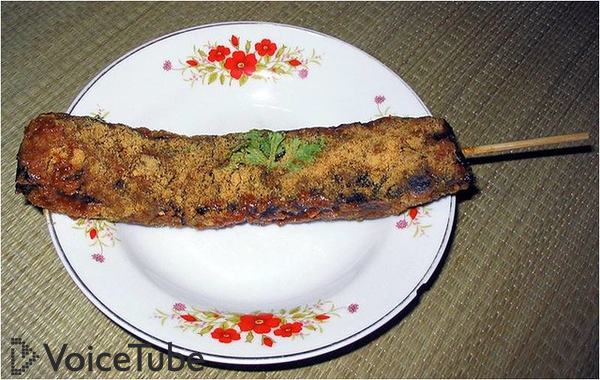
Japan
Natto 納豆
Natto is a famous soybean dish most common in the Kanto region of Japan. It is fermented and comes served with soy sauce, mustard, and sometimes onions. I have to admit that despite traveling to Japan twice, I have never tried natto (but I might if I go back).
Just looking at natto might turn you off(5). The white beans are sticky and stringy, and if that wasn’t enough, it comes with a powerful smell—similar to a strong cheese—and a slimy texture. Like a lot of other foods on this list, it is supposedly very healthy. Be sure to try some for breakfast next time you are in Japan!
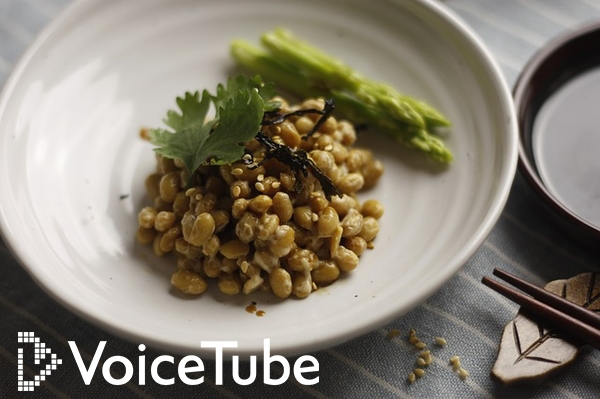
Basashi (raw horse meat sashimi) 馬刺し
Raw horse meat? Is it healthy? Why would anyone eat that? Well, it has a lot of B Vitamins and it’s very lean (2-5% fat). It has a lot of protein and supposedly tastes sweeter than most other meats. To make it safe to eat, the Japanese store the meat at -20°C for 48 hours.
There’s a legend that an old Japanese warrior was trapped in his castle for fifty-two days, and the only available food was horse meat. This may or may not be true, but Japanese people still love basashi today. It is often served cold along with soy sauce, garlic, and wasabi. If you love basashi, maybe you will also want to try the basashi ice-cream (I think I’ll stick to trying the meat itself first…).
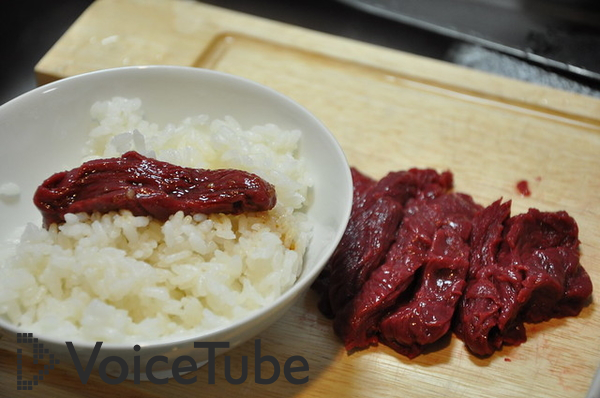
China
Scorpions on a Stick 蝎子
If eating weird food is your thing, scorpions on a stick can be found on Wanfujing Street in Beijing. They come in different sizes and (should) be safe to eat. They are usually cooked but can also be eaten raw (OMG).
Don’t expect to share this dish with a Chinese local though: this food is just for the tourists. The Chinese occasionally use scorpion for traditional medicines but no longer commonly eat them, and it wasn’t a traditional Chinese food anyway.
If you try it, expect some Chinese people to take pictures of you and egg you on(6). I have never been to China myself, but this is a dish I would definitely pass on. Maybe you are braver than I am though.
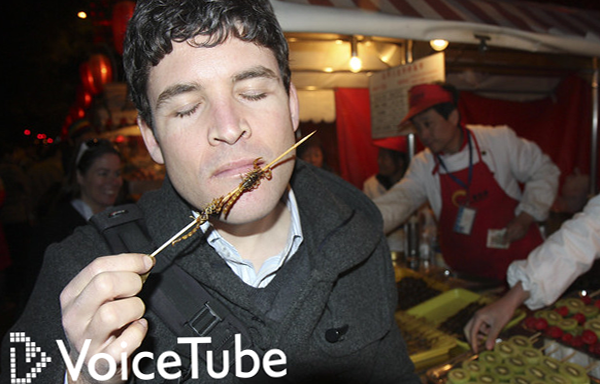
Donkey Meat 驴肉火烧
Donkey may not sound all that strange, but China’s love of eating donkey makes for a strange story. It is more popular in northern China—more specifically, Hejian and Baodin—and It’s served in sandwich form and often eaten as a bar snack with beer.
To be fair, most Chinese people have never eaten donkey, and it’s hard to find in most parts of the country. However China consumes about four million donkeys a year! The problem is that there are only 44 million donkeys worldwide, and they are very slow breeders, so while China is importing(7) more and more donkeys from Africa, the population is having trouble keeping up. Lastly, a Chinese medicine called ejiao (阿胶), which uses donkey hide(8), is also very popular and becoming more expensive.
It would be interesting to try donkey once, though knowing about the population problem, it would either be a “no” or a “try only once” dish for me.
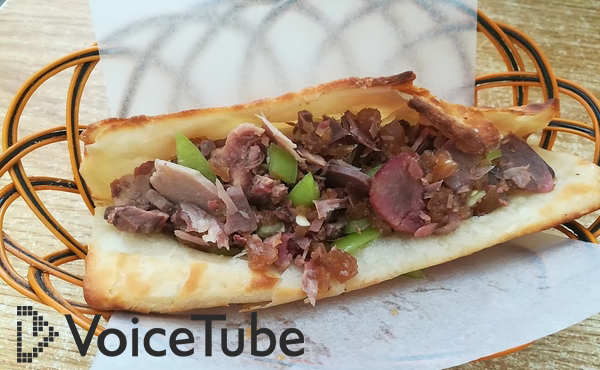
Conclusion
I’ve tried three out of eight of the weird food on this list and been to three of the four countries. How do you feel about the foods on this list? Is there any that you have tried? Any that you want to try or wouldn’t try? Which countries have you visited in East Asia? Leave your comments below, and I’ll try to respond to as many comments as I can.
Vocabulary & Phrases
1. edible (adj.)
Def. suitable or safe for eating:
Ex. That meat looks rotten. It might not be edible.
2. linger (v.)
Def. to take a long time to leave or disappear
Ex. Yuck! That fart has been lingering in the air for ten minutes!
3. brine (n.)
Def. water with salt in it, especially when used to preserve food
Ex. If I put my turkey in a brine first, it will be less dry and more delicious.
4. nibble on (phr.)
Def. to eat something by taking a lot of small bites
Ex. The donut was too sweet, so he nibbled on it for an hour.
5. turn-off (n.)
Def. something that you dislike or that you do not find interesting
Ex. His love of Star Trek and Harry Potter was a big turn-off for his new girlfriend.
6. egg sb. on (phr.)
Def. to strongly encourage someone to do something that might not be a very good idea
Ex. John Cena punched The Rock while the crowd egged them both on.
7. import (v.)
Def. to buy or bring in products from another country
Ex. A lot of countries import their kimchi from Korea.
8. hide (n.)
Def. the strong, thick skin of an animal, used for making leather
Ex. Alligator hide is still used to make certain kinds of hand drums.
Images
Porridge with century egg by Anni kru
Sannakji: by Sannakji LWY at flickr [CC BY 2.0 (https://creativecommons.org/licenses/by/2.0)]
豬血糕 by GETaiwan NTU
A light snack (grilled scorpion) by Elektronker
Horse Sashimi_012 by [email protected]
